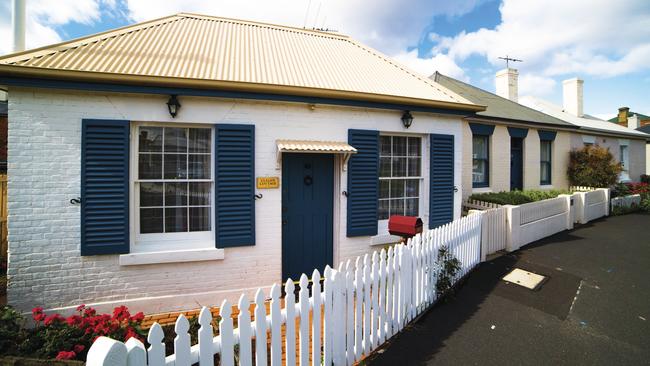
The settlers also brought with them new ideas about town planning. The colonies of Australia, and elsewhere, presented an opportunity to design cities and towns that would enhance their new residents’ quality of life. Modern Australia is built upon this rich heritage of aspiration.
Nowhere is this more clearly evident than in Colonel William Light’s plan for Adelaide. Here is a city centre dotted with grand squares surrounded by a parkland belt. Surveyor Robert Hoddle’s plan for Melbourne followed suit with a series of gracious boulevards that approached the city centre from different directions.
The lesson learnt in Europe at this time – where countries regularly dealt with outbreaks of cholera and worse – was that cities require breathing space in the form of public gardens. Botanic gardens were thus early additions to every colony’s capital.
The idea of creating garden cities flourished in 19th-century Australia; it has left us with a legacy of superbly designed towns. I especially like Maitland on South Australia’s Yorke Peninsula, which is a perfect square set within a perfect square, inclusive of a parkland belt – a study in geometry. In Hobart, the early plan for Battery Point included the exquisite Arthur Circus, which is more of an oval than a circle, designed to encapsulate a piece of England’s heartland. The garden city design is evident in my hometown of Terang in Western Victoria, where an avenue of oak trees thoughtfully separates traffic flow along High Street.
Clock towers, war memorials, the post office, the courthouse – the apparatus of civic administration – tend to cluster at important intersections. Many of these avenue and/or boulevard towns would dedicate trees to local lads who had fallen in France and Gallipoli.
There are some curiosities in the early city designs, best viewed from a drone. In Adelaide I like the splayed streets radiating from a semi-circled Piccadilly Circus in Colonel Light Gardens. The pathways of Melbourne’s Fitzroy Gardens are patriotically laid out in the form of a Union Jack, as is the street design in parts of East Geelong.
Garden towns generally have a Station Street, a Church Street, a High Street. In the surrounding countryside smaller linking roads are often given the status of lane, a concept borrowed from England. These town plans invariably make provision for a cemetery, a reserve for exercise and sport, and churches of various denominations.
The planning framework for how country and suburban life is lived in many parts of Australia reflects the forward thinking of those dutiful surveyors who designed garden towns and grand boulevards. This is the kind of thinking that should inspire us to think about how we can contribute to building a better Australia into the future.




When Europeans arrived in Australia they brought with them their flora and fauna, their laws and religion, as well as their thinking about how to create a version – perhaps a better version – of the old world they had left behind. Colonies were named for Queens, for parts of the United Kingdom (New South Wales); capitals were named for prominent administrators back in England; Tasmania was named for a Dutch explorer. Some indigenous place names flourished, but not enough; today’s acknowledgement of them is part of the reconciliation process.